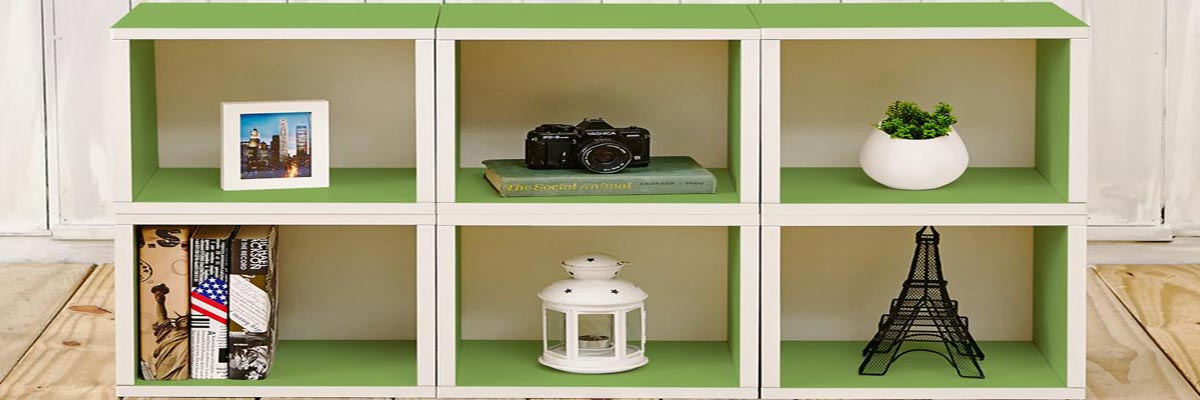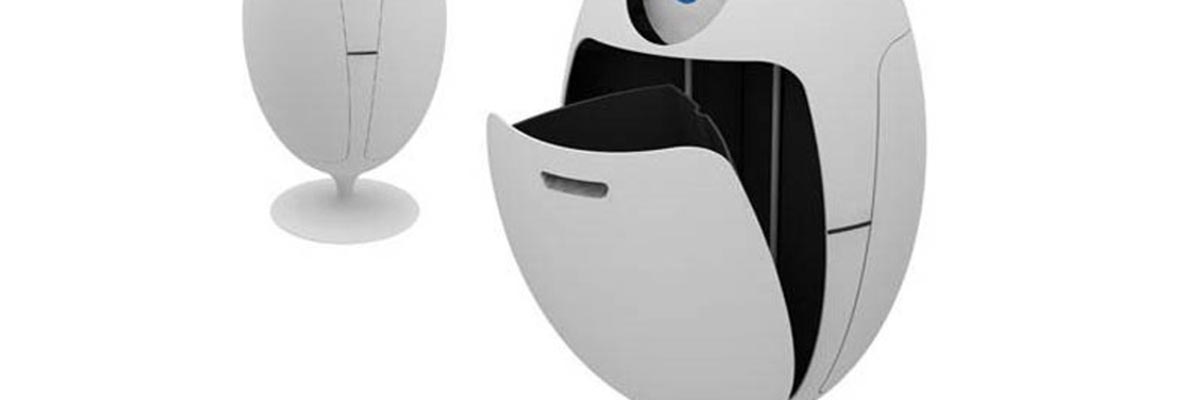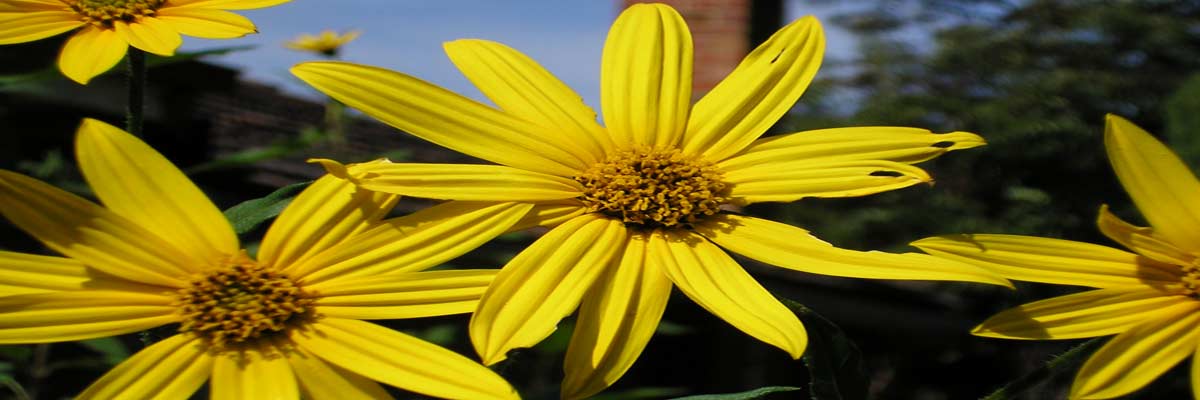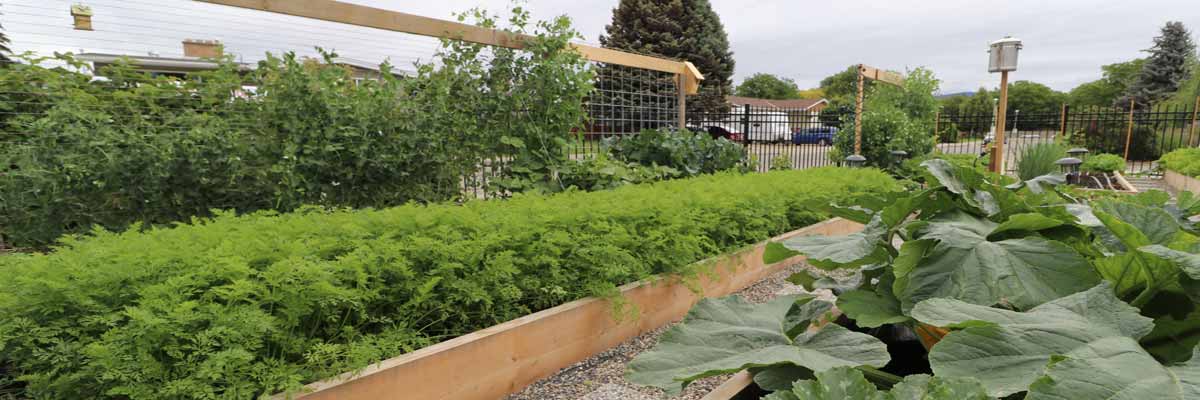zBoards Give New Meaning To Sustainable Modular Furniture
There’s something to be said for the creative pursuit of modular home furniture. Nobody likes being “boxed” in when it comes to accessorizing — and surfing the web or burning fuel to find something that fits just right is more often than not a giant pain in the ass.
That’s why it was refreshing to come across Way Basic’s zBoards this morning. Not only are they made from 99% recycled materials (and recyclable) but they also require no tools to put together — just stick and build. From the website,
Raising Urban Chickens Part 2a-Building a Coop
While I won’t portend to be quite as well spoken as Wendy from the previous article, I will attempt in this edition to display my chicken coop and enclosure as well as discuss some aspects of it for your information.
Another Homeowners Association Slams Attempt To Go Solar
Homeowners Associations have got to be one of the more inane aspects of American society. A friend of mine moved into a neighborhood with one, completely unprepared for the mess she was getting into. Now, no toys can be left outside, all cars must be kept in the garage at all times, the grass must be a certain height and color, and every change to the home must first be approved by a “board”. It’s both a hilarious and sad way that some choose to live — all for the sake of homogeneity in aesthetics.
In March of 2007, we reported on an incident where the town of Scarsdale denied a family the opportunity to put up solar panels — on the basis that they were ugly and “not in keeping with the character of the community”. It was BS then — and it’s still BS. Now, another homeowners association in California is denying one man’s quest to reduce his electric bill by installing solar panels on his roof. Their reason? They do not believe the technology fits in with their rules and guidelines of a community with “restrained elegance.”
Organic Insect Repellent is Available by EcoSmart
EcoSmart insect repellent has offered a free sample of their insect repellent to a randomly drawn Groovy Green reader. (Until I got this e-mail I didn’t even know that there was stuff like this)
If you are interested in being entered just leave a comment on this post and I’ll randomly select a winner.
One caveat: If you are the winner I may ask you to write a quick review for the site so we can have some first hand experience with the product. But I may not, so don’t let that keep you from entering!
Good luck!
Review: The Beautiful And Functional Cascata Rain Barrel
I’ve always wanted a rain barrel. In fact, back in June,I wrote a post declaring as much and announcing my quest to pick something up that was both eye pleasing and practical. Living in Ithaca, NY, I don’t have many problems with drought — but watching all that water roll off my roof, I figured it was a waste to simply see it hit my lawn and disappear. Besides, why pay that much more for municipal water for my garden when I could capture that which fell from the sky?
I’ll admit that writing about water issues in the southwest U.S. and visiting friends in Arizona also made me curious why water conservation tactics (like rain barrels) weren’t used more. Was it because they’re still relatively unknown? Were they a pain to setup and use? I was curious and therefore wanted one. Thankfully, the folks at Garden Supermart heard my cry and hooked me up with one of their Cascata Rain Barrels. After playing around with it (I use that term loosely) for two weeks, I can sum up my reaction in one sentence: Everyone should have one.
Small Town Unites Around Local Food to Save The Town
The NY Times has an article up on their site recently discussing how a small town in Vermont is using local foods to save the local economy of their small town.
“Across the country a lot of people are doing it individually but it’s rare when you see the kind of collective they are pursuing,” said Mr. Fried, whose firm considers social and environmental issues when investing. “The bottom line is they are providing jobs and making it possible for others to have their own business.”
This is interesing to me because they are essentially building the entire local food infrastructure. They are moving past the idea of just supplying beef or vegetables to consumers at the farmer’s market. They are actually moving into producing local food products. They are preparing the town for the future where food will need to be more local. And even better, they are recirculating those food dollars in their town to be reused over and over.
Check out the article and let me know what you think.
La Cense Grass Fed Beef – Review and Giveaway!
Vote La Cense! That is the motto of the cattle ranchers of La Cense cattle ranchers. They are trying to educate the public in the benefits of grass-fed beef, and Angus La Cense is their (fictional?) candidate in the Grass-Fed Party…
Who is Angus La Cense?
Angus La Cense is a cow from the La Cense Ranch who is representing the Grass-fed Party in the upcoming election. He is an advocate of grass-fed practices that produce happier cows, healthier people, stronger rural communities, and healthy grasslands.
What is the Grass-fed Party?
The Grass-fed Party is an organization of people who support grass-fed foods and sustainable ranching and believe that America can hold higher standards to its cattle industry. The Grass-fed Party empowers citizens with the knowledge necessary to make the best choices, whether their role is the feed a family or help make new policies that work. The Grass-fed Party supports putting traditional ranching practices back in rural America to help the smaller communities thrive, to help preserve and enrich ranchlands, and to help cows eat according to their natural diets and have access to clean air and water.
Ovetto Recycling Egg Probably Not The Best Thing To Splurge On Right Now
With the worldwide economy in the trash — and people cutting back for the impending recession — we can’t help but glance sadly at the Ovetto Recycling Egg and wonder ‘what might have been?’. You see, sorting recycling can be something of a chore for people; though I’m not sure why. If I gave my parents this egg, it would probably increase their efforts to recycle beyond the guilt and shame I shower on them every time I find a bottle in the garbage.
Problem is, this little egg of wonder costs $250. I mean, it’s the garbage can of the future, but I think I’ll wait until prices drop a bit. Here’s the full description:
“Interior Architect and Designer Gianluca Soldi has designed Ovetto differenziato, or recycling egg, “an object that meets the needs of domestic waste separation in order to educate the population to correctly dispose of waste in order to be able to consequently recycle it. Ovetto fits easily in modern homes and offices and is a great gift for anyone who wants to show off their “green” engagement.” Of course, it is made of recycled polypropylene
What do you think — want one?
Making Connections and Applesauce
We live in the suburbs of Seattle and our neighborhood is full of regular hard working folk busy with life and not much time set aside for much else. Aside from our immediate neighbors regular communication with the rest of our neighbors is not a very common activity.
Tonight while on a walk with the kids we stopped at the home of one of our unfamiliar neighbors, previously we have only exchanged waves at a distance and usually through the windshield as he drove by our house. We stopped to see if he would let us pick some apples from the tree in his front yard. Heavy laden with some beautiful yellow apples it was just begging for us to stop!
Alan gladly gave us permission to pick some apples and invited us to come back in the spring to pick cherries from the tree in his backyard. It was apparent that these apples would most likely not all get picked and many would go to waste we were more than happy to make good use of them. In turn, I offered my services to prune this tree for him as well we would also bring him some applesauce. He was happy to share the excess of apples from his yard and the history of the tree. This Yellow Delicious apple was planted in 1987 when his second daughter was born. She has now moved out of the home but this tree remains and stands as a reminder of precious time in his family’s past.
Perhaps a New Favorite Garden Toy
OK, most of you are probably thinking I’m going to talk about a tool, but actually I wanted to mention Jerusalem Artichokes aka Sunchokes.
I planted some of these this year for the first time ever, and I’m impressed with them. They grew fantastic, made nice flowers on the top, provided a huge amount of food to the chickens and in the end, gave me the tubers you see below. This bowl is full from half of the section I planted. I created a bed on the south side of my compost pile that is between 3 and 4 ft long. I planted the Sunchokes in double rows within that bed. I didn’t amend the soil or anything. I just dug a trench, put in the tubers and filled it back.
Clorox Green Works Liquid Dishwashing Soap
I was given a sample of Clorox’s new dishwashing soap about 1 month ago. We’ve been using it to clean our pots and pans and as a liquid hand soap in our kitchen (why have two containers on the counter?). The results have been, well how can I say this, the same as our old non-environmentally friendly soap*. But isn’t that the point? Having the same dishwashing ability – without drying out our hands – and eliminating many of the chemicals that pollute our waste water. Good for clorox. Now if we could just get rid of the other 99% of the harmful chemicals that the company produces.
Siel from GreenLAGirl did a very thorough review of the benefits of this product. I was glad to see what was eliminated, and what natural ingredients they were able to replace them with.
Two dishpan-hands up for this Clorox Green Works Dishwashing Soap.
*for the record, we bought a huge industrial sized container of dish soap from BJ’s when we moved into our house. That was 4 1/2 years ago! This thing must be refilling itself as we use it. I swear.
The Green Picture: Before-The-First-Frost Harvest
About 45 minutes ago, we all piled into the garden after hearing that Ithaca, NY would be receiving its first “hard” frost of the season with a low of 29 degrees. Time to harvest the last remaining fruits of the garden! Gourds, lavendar, rosemary, green peppers, cayennes, eggplants, tomatoes — whatever we could find, we cut and dragged in. I even grabbed the Jatropha (more on that later!) and propped it up in the living room. Here is one of our tables of yumminess. Needless to say, we have a bunch of freezing, canning, and eating to do over the next week!
How did your garden turn out this year?
Future Scenarios
What will the next 10-20 years be like? With global climate change and peak oil what can we expect? David Holmgren co-originator of the permaculture concept has developed a new website investigating some possible outcomes.
Future Scenarios: Mapping the cultural implications and climate change.
The simultaneous onset of climate change and the peaking of global oil supply represent unprecedented challenges for human civilisation.
Global oil peak has the potential to shake if not destroy the foundations of global industrial economy and culture. Climate change has the potential to rearrange the biosphere more radically than the last ice age. Each limits the effective options for responses to the other.



















